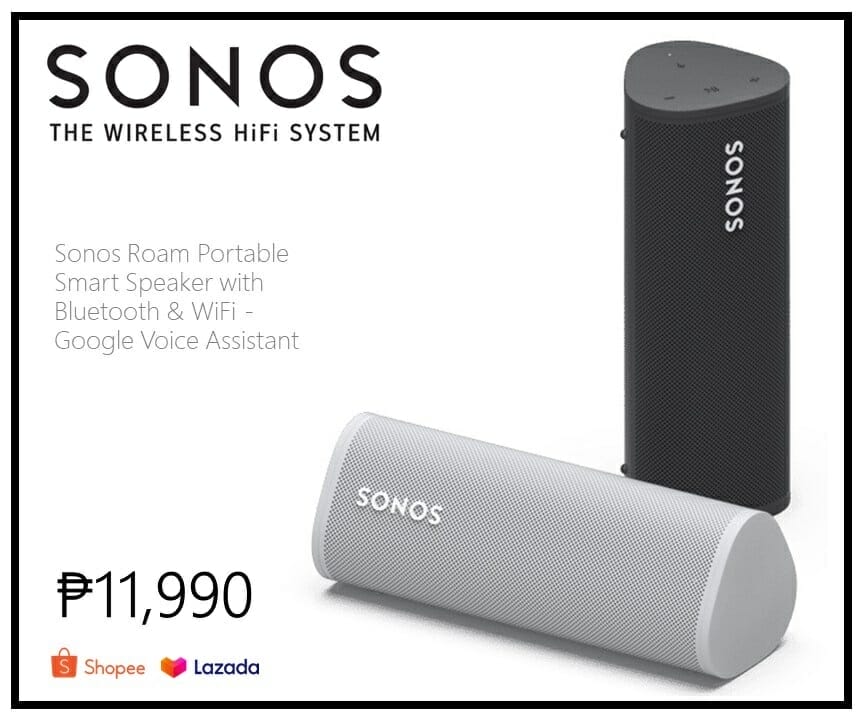With cost-effective housing still a worldwide problem, architects and engineers are exhausting all the means to provide decent shelter to people. Different designs and concepts are being proposed, even the wildest of ideas just to meet the demand for such basic need.
If you ask a Hong Kong architecture firm called James Law Cybertecture, it would say that we should create houses out of concrete water pipes to solve this problem.
Concrete water pipes are designed and used primarily for subsoil drainage and sewers and water treatment. But never was it proposed to be made for housing – until now.
Called OPod tube housing, the idea is to have stackable, 2.5-meter wide concrete water pipes converted into tiny houses.

Photo by James Law Cybertecture
The floor area of each tiny house, covering 9.29 square meters with a length of 5 meters and inside diameter of 2.1 meters, should fit for one or two people complete with living, cooking, and bathroom spaces. That is micro-living redefined.
No problem with such tube housing occupying large spaces since the OPod is meant to be stacked together, meaning the narrow, vacant, spaces unused in cities could be filled.

Photo by James Law Cybertecture
Each OPod tube house is equipped with a smart phone lock for online access, and space-saving furniture that maximizes the amount of room inside. There is a door and window, of course, bringing light into the space.
As conceptualized by James Law Cybertecture, the tube house includes LED lighting, a flat timber floor, fold-out bed, a clothes rail, and a tiled bathroom with shower and toilet. For maximum comfort and convenience, the inhabitants are given a space for computer desk and shelving and an air conditioning unit.



Photos by James Law Cybertecture
The water pipe, weighing 20 tonnes each, can be delivered and installed on-site with ease just like in construction sites.
An OPod costs $15,350 to build. That is relatively cheap because of the price of concrete water pipes in the construction market. When for rent, it would be priced at a cost of $383 per month targeted at the city’s youth.
According to James Law, chairman and CEO of the firm, he came up with the idea behind the OPod when he was on a construction site.
“I walked into one of them (a concrete water pipe), and I was surprised by how big they were,” he said.
“I thought: wouldn’t it be a really great idea to utilize these leftover concrete water tubes to create vast, micro architecture — that could be at very low cost, and also quite interesting for young people in Hong Kong?”
So the idea materialized, taking him one month to develop the idea.
“We need to live small in the city, because we can’t afford the space — however, it doesn’t mean that we have to live in a squalid, or inhuman environment like subdivided flats or cage homes,” he added.
Its prototype was in display at the Hong Kong’s DesignInspire exhibition in December 2017. Suffice to say that many were pleased with the concept.




















